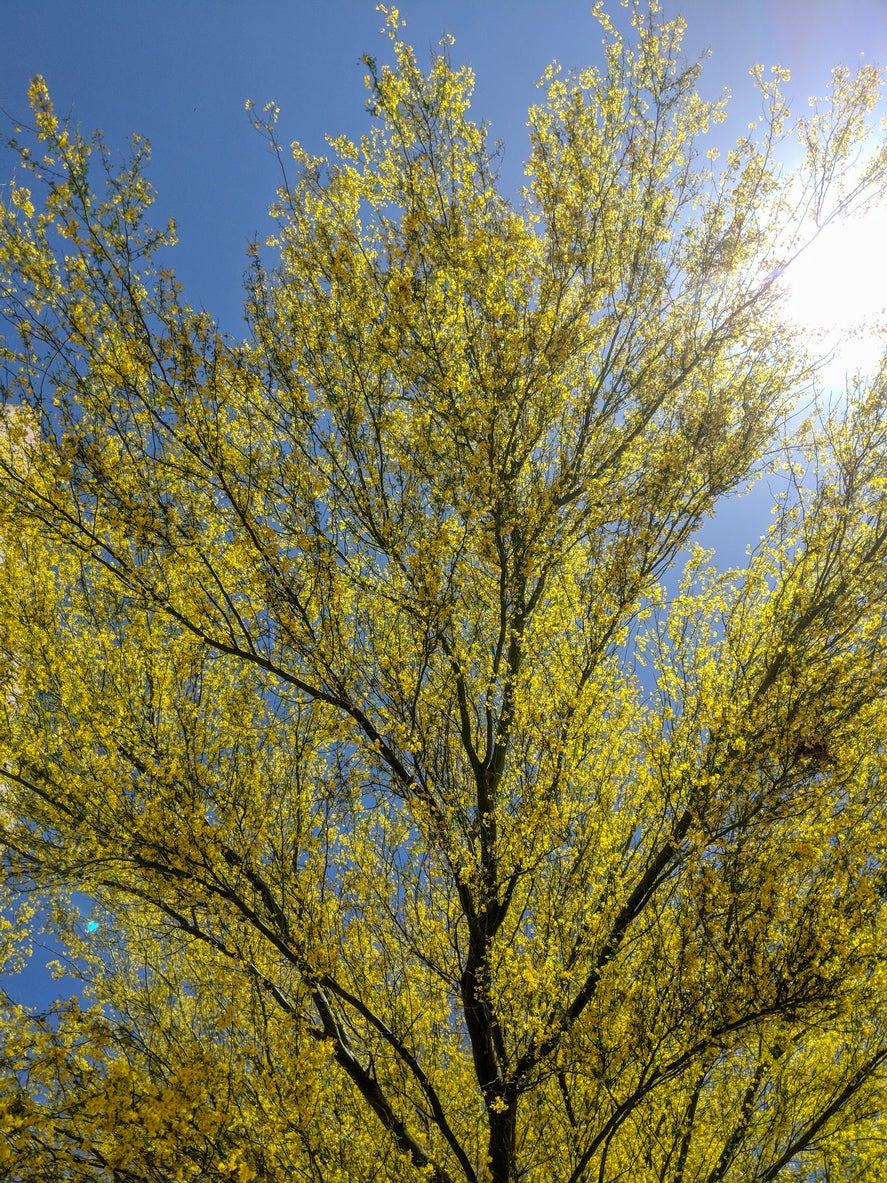Palo Verde Tree Care – Tips For Growing A Palo Verde Tree


There are several types of palo verde trees (Parkinsonia syn. Cercidium), native to the southwest U.S. and northern Mexico. They’re known as a “green stick,” as that is what palo verde means in English. The trees have earned the name because of their green bark that photosynthesizes.
Spectacular blooms appear on the tree in early spring. If you’re in an appropriate area, you may want to grow your own palo verde tree. It grows well in USDA zones 8 through 11. Read on to learn how to plant palo verde trees in suitable areas.
Palo Verde Tree Information
Palo verde tree information indicates that a naturally occurring hybrid of this tree, the Desert Museum palo verde (Cercidium x ‘Desert Museum’), is best to grow in your landscape. Trees grow 15 to 30 feet (4.5 to 9 meters) with attractive branching.
The tree is often used in drought tolerant landscapes. Planting this hybrid eliminates some of the palo-verde-tree care necessary with the other types. This three-way hybrid was discovered by researchers at the Desert Museum, hence the name. They found this variety has the best characteristics of all the parents. This includes:
- Limited spread
- Few falling leaves
- Long-lasting blooms
- Rapid growth
- Sturdy branches
How to Plant Palo Verde Trees
Growing a palo verde tree begins with planting it in a proper location. These lovely trees are great for providing shade and often used singly as specimens in the landscape. The Desert Museum palo verde does not have the thorns found on the other palo verde tree varieties.
Plant in mid-to-late summer to give the tree time to grow a good root system before winter. Choose a full sun area. Bury the root ball in a hole twice as wide and keep the top level with the ground. Backfill and tamp down with the soil you’ve dug. Water it well. Even though palo verde trees are drought resistant, they need water to get established. The tree will grow more quickly and look healthier with regular water.
These trees grow well in most soils, even poor types. However, soil must drain well, as the tree does not tolerate wet roots. Sandy soil is preferable.
Sign up for the Gardening Know How newsletter today and receive a free copy of our e-book "How to Grow Delicious Tomatoes".
Bountiful, yellow blooms are a colorful asset to the landscape. Plant a palo verde tree with plenty of room for branches to spread outward.

Becca Badgett was a regular contributor to Gardening Know How for ten years. Co-author of the book How to Grow an EMERGENCY Garden, Becca specializes in succulent and cactus gardening.